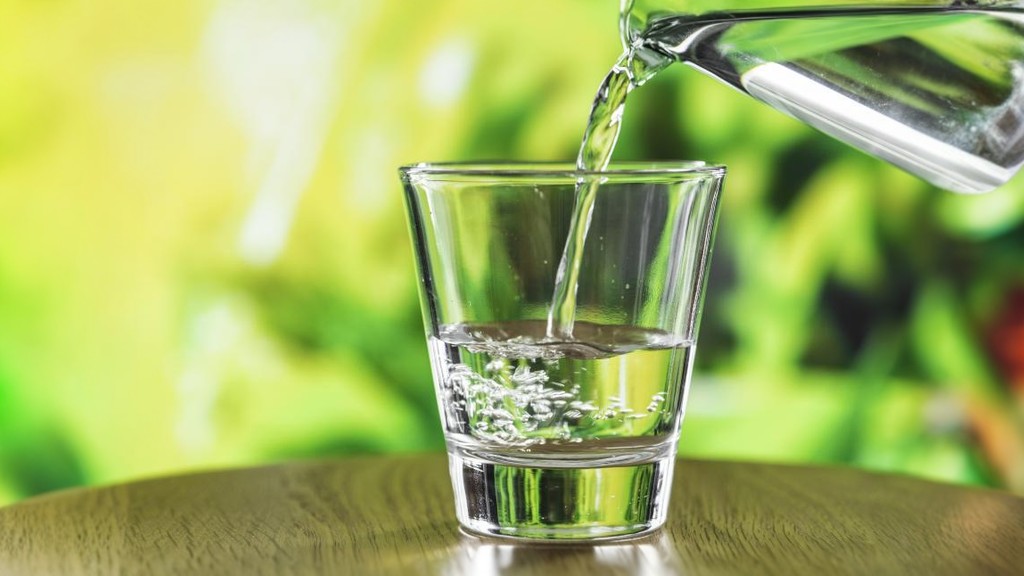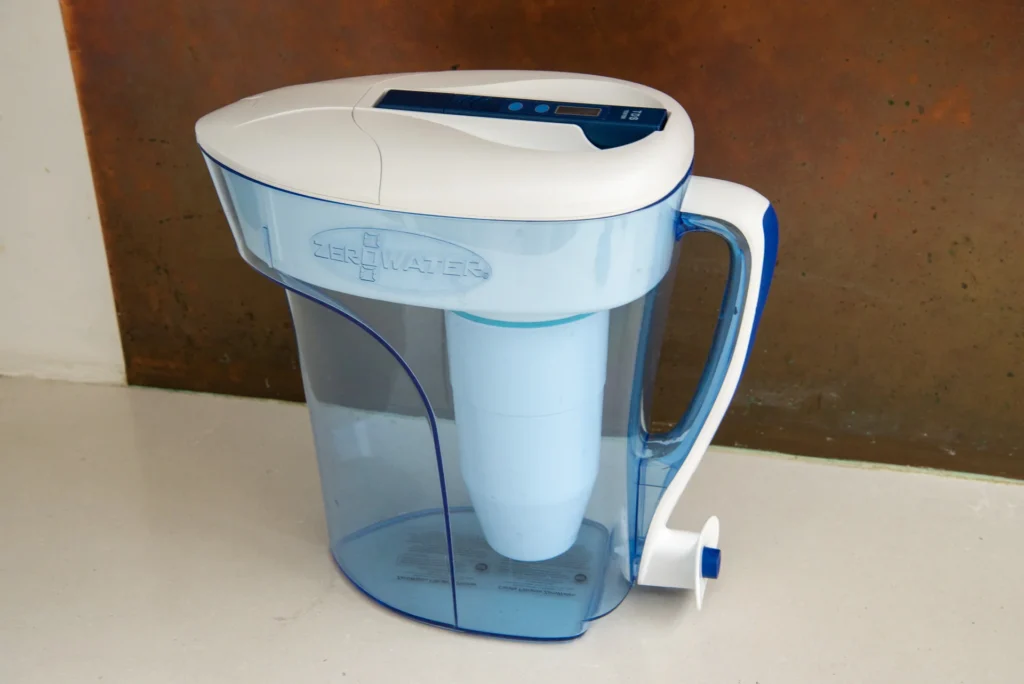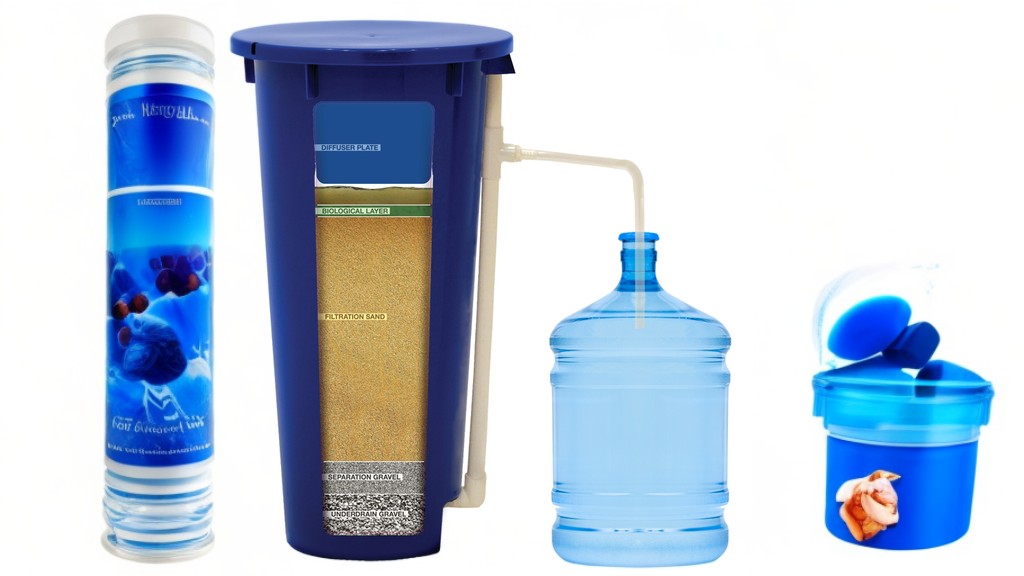Introduction
Simple Water Purification water is a fundamental necessity for a healthy life, yet many people around the world lack access to safe drinking water. Fortunately, there are simple water purification methods that can be easily implemented at home or in communities with limited resources. In this blog post, we’ll explore various uncomplicated yet effective methods to purify water, ensuring that you and your loved ones have access to safe and clean drinking water.
Table of Contents

Why is Water Purification Important?
Before we dive into the simple water purification methods, let’s understand why water purification is crucial. Contaminated water can carry harmful microorganisms, pollutants, and chemicals that pose serious health risks. By purifying water, you remove these impurities, making it safe for consumption and reducing the likelihood of waterborne diseases.
Simple Water Purification Methods
1. Boiling
Boiling water is one of the oldest and simplest methods of purification. By bringing water to a rolling boil for at least one minute (or three minutes at higher altitudes), you can effectively kill bacteria, viruses, and parasites. This method is particularly useful in emergencies or when access to advanced purification tools is limited.
2. Filtration
Water filtration is a straightforward process that involves passing water through a porous material to remove impurities. You can use commercially available water filters or create your own using materials like sand, gravel, and charcoal. This method is effective in removing large particles, sediment, and some bacteria.
3. Solar Disinfection (SODIS)
Harnessing the power of the sun, SODIS is an eco-friendly and uncomplicated water purification method. Fill transparent containers with water and leave them in direct sunlight for 6 hours (or longer on cloudy days). The UV rays from the sun will kill harmful microorganisms, rendering the water safe to drink.
4. Iodine Treatment
Iodine has been used for decades to disinfect water. You can add iodine tablets or liquid to your water container, following the instructions on the product. This method is effective against bacteria, viruses, and parasites, but it’s essential to follow the recommended dosage to avoid potential health risks.
5. Chlorination
Chlorine is a widely used disinfectant that can effectively kill bacteria and viruses in water. You can use household bleach containing 5-6% chlorine to purify water. Add the appropriate amount of bleach according to water volume and let it sit for at least 30 minutes before consumption.
Additional Insights into Simple Water Purification Methods:
6. Activated Charcoal Filtration:
Activated charcoal, also known as activated carbon, is a highly porous material that can effectively absorb impurities in water. You can create a simple water filter by layering activated charcoal with sand and gravel. The charcoal adsorbs contaminants, leaving you with clearer and safer water.
7. Distillation:
Distillation is a process that involves heating water to create steam, then condensing the steam back into water. This method is effective in removing contaminants that have a higher boiling point than water. While it might not be the most practical for everyday use, distillation can be a reliable option for obtaining pure water in certain situations.
8. Ceramic Filtration:
Ceramic filters, often available as portable devices, are designed to trap bacteria and other impurities. These filters consist of small pores that block the passage of contaminants while allowing water to flow through. Regular cleaning and maintenance ensure the continued efficiency of ceramic filters.
9. Reverse Osmosis:
Reverse osmosis is a more advanced method that uses a semi-permeable membrane to remove a wide range of impurities, including bacteria, viruses, and dissolved minerals. While this method may require specialized equipment, it is highly effective in producing clean and pure drinking water.

10. Alum Coagulation:
Alum, or aluminum sulfate, can be used as a coagulant to clarify water. By adding alum to untreated water, suspended particles clump together and settle at the bottom, making it easier to remove impurities through subsequent filtration. This method is often employed in combination with other purification techniques.
Expanding the Horizons of Simple Water Purification Methods
UV Water Purifiers
UV water purifiers utilize ultraviolet light to deactivate and destroy the DNA of microorganisms present in water. While these devices are more commonly seen in advanced filtration systems, smaller, portable UV purifiers are available for personal use. They provide a quick and efficient way to ensure water safety without altering the taste or odor.
Moringa Seed Powder Clarification
Moringa seeds, known for their natural coagulant properties, can be used to clarify water. Crushed moringa seeds release proteins that bind with impurities, causing them to settle at the bottom. This natural method is particularly useful in areas where moringa trees are abundant.
Ozonation
Ozonation involves the use of ozone, a powerful oxidizing agent, to disinfect water. Ozone effectively eliminates bacteria, viruses, and organic contaminants. While ozone generators may be more sophisticated, the concept is simple – bubbled ozone oxidizes and neutralizes pollutants in water, leaving it safe for consumption.
Copper Sulfate Treatment
Copper sulfate is an affordable and accessible water treatment option. By adding small amounts of copper sulfate to water, algae and bacteria are effectively controlled. However, it’s crucial to use copper sulfate cautiously, as excessive levels can be harmful to aquatic life and humans.
Clay Pot Filtration
Clay pots, when used as water filters, can effectively remove impurities. The porous nature of the clay allows water to seep through while trapping particles and contaminants. This traditional method is cost-effective and can be easily implemented in communities with limited resources.
Clearing Up Additional Queries
How do UV water purifiers work, and are they reliable?
UV water purifiers work by emitting ultraviolet light that disrupts the DNA of microorganisms, rendering them unable to reproduce. These purifiers are highly reliable for killing bacteria and viruses, but they may not remove other impurities like sediment or chemicals.

Can moringa seed powder affect the taste of water?
When used correctly, moringa seed powder primarily affects the clarity of water without significantly altering its taste. Proper dosage is crucial, as excessive use may result in an unpleasant taste.
Is ozonation suitable for well water?
Ozonation is effective for disinfecting well water and eliminating various contaminants. However, it’s essential to consider the specific needs of your water source and consult with water treatment professionals for optimal results.
What are the potential risks of copper sulfate treatment?
Copper sulfate treatment is generally safe when used in recommended amounts. However, excessive use can lead to copper buildup in water, posing health risks. It’s crucial to follow guidelines and monitor copper levels in treated water.
Can clay pot filtration remove all types of contaminants?
Clay pot filtration is effective in removing sediment, bacteria, and some impurities, but it may not address chemical contaminants. For comprehensive water purification, it’s advisable to combine clay pot filtration with other suitable methods.
Addressing Common Concerns:
Are there any side effects of using activated charcoal for water filtration?
Activated charcoal is generally safe for water filtration, but it’s crucial to use food-grade charcoal and ensure proper cleaning of the filtration system. Activated charcoal may adsorb essential minerals, so it’s not recommended for long-term use as the sole water purification method.
Is distilled water safe for regular consumption?
Distilled water is safe for drinking, but it lacks minerals that are beneficial for health. Consuming exclusively distilled water over an extended period may lead to a loss of essential minerals. It’s advisable to have a balanced intake of mineral-rich water and distilled water.
How often should ceramic filters be cleaned?
The frequency of cleaning ceramic filters depends on water quality and usage. In general, it’s recommended to clean ceramic filters every 2-4 weeks. For detailed maintenance recommendations, refer to the manufacturer’s instructions.
Can reverse osmosis remove all impurities from water?
Reverse osmosis is highly effective in removing a wide range of impurities, but it may not eliminate certain contaminants like volatile organic compounds (VOCs) and some bacteria. For best results, routine upkeep and recurring filter replacement are necessary..
Is alum safe for water purification in large quantities?
Alum is safe for water purification when used in recommended amounts. However, excessive use may result in elevated levels of aluminum in water, posing potential health risks. Follow guidelines carefully to ensure safe and effective alum coagulation.
Frequently Asked Questions (FAQs)
Q1: Can I use any type of container for boiling water?
A1: While you can use various containers for boiling water, it’s essential to choose heat-resistant materials. Stainless steel and heat-resistant plastics are good choices. Avoid using containers that may release harmful chemicals when heated.
Q2: How long does water need to be filtered to be safe?
A2: The duration of filtration depends on the method and the type of filter used. Boiling should last at least one minute, while gravity filters may take longer. Follow the instructions provided with your chosen filtration method for optimal results.
Q3: Is it safe to rely solely on one purification method?
A3: It’s recommended to use a combination of methods for added safety. For instance, you can filter water to remove sediment and then use a disinfection method like boiling or chemical treatment to kill microorganisms.
Q4: Can pregnant women use iodine for water purification?
A4: Pregnant women should consult their healthcare providers before using iodine for water purification, as excessive iodine intake can have adverse effects on fetal development.
Q5: What’s the recommended bleach-to-water ratio for chlorination?
A5: The typical ratio is 8 drops of 5-6% bleach per gallon of water. Double the amount for cloudy water. Mix thoroughly and let it stand for at least 30 minutes.

Conclusion:
In conclusion, ensuring access to clean and safe drinking water doesn’t always require sophisticated technology. Simple water purification methods like boiling, filtration, solar disinfection, iodine treatment, and chlorination can be easily implemented in various settings. By incorporating these methods into your routine, you contribute to a healthier and safer environment for yourself and those around you. Remember, clean water is a basic right, and with these simple methods, it’s within reach for everyone.











hiI like your writing so much share we be in contact more approximately your article on AOL I need a specialist in this area to resolve my problem Maybe that is you Looking ahead to see you